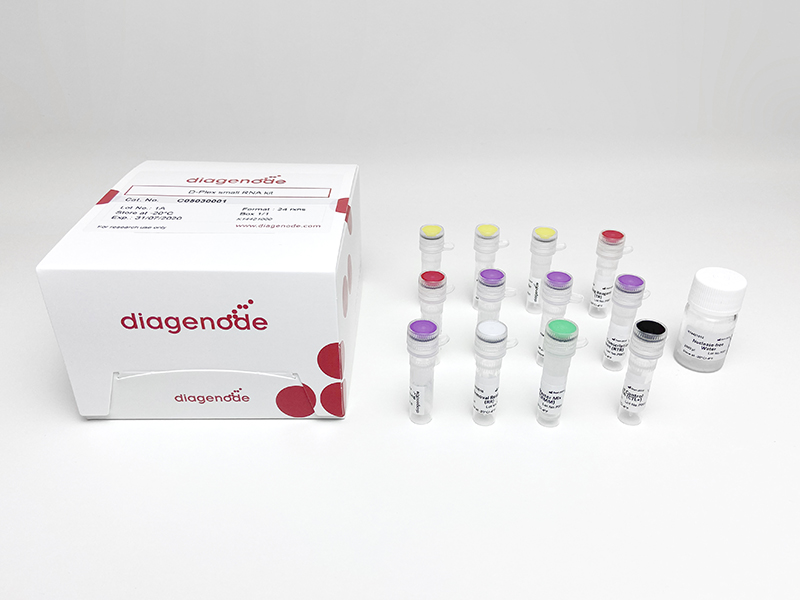Lu, Qiong-Wen et al.
Oocyte maturation-coupled mRNA post-transcriptional regulation is essential for the establishment of developmental potential. Previously, oocyte mRNA translation efficiencies focused on the trans-regulation of key RNA-binding protein (RBPs), rarely related to RNA structure. RNA G-quadruplexes (rG4s) are four-stranded RNA secondary structures involved in many different aspects of RNA metabolism. In this study, we have developed a low-input technique for rG4 detection (G4-LACE-seq) in mouse oocytes and found that rG4s were widely distributed in maternal transcripts, with enrichment in untranslated regions, and they underwent transcriptome-wide removal during meiotic maturation. The rG4-selective small-molecule ligand BYBX stabilized rG4s in the oocyte transcriptome and impaired spindle assembly and meiotic cell cycle progression. The proteomic spectrum results revealed that rG4 accumulation weakened the binding of a large number of RBPs to mRNAs, especially those associated with translational initiation. Ribosomal immunoprecipitation and translational reporter assays further proved that rG4s in the untranslated regions negatively affected the translational efficiency of key maternal mRNAs. Overexpression DEAH/RHA family helicase-36 partially reverses BYBX-induced oocyte developmental defects, suggesting its importance in rG4 regulation. Collectively, this study describes the distribution, dynamic changes, and regulation of rG4s in the mouse maternal transcriptome. Before meiosis resumption, a large number of rG4s in oocytes are necessary to maintain the translatome at a low level, and DHX36-mediated rG4 removal promotes a translational switch and is required for successful maternal-to-zygotic transition.

